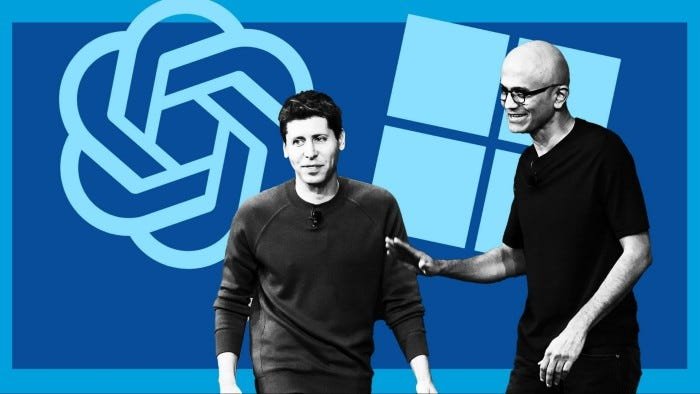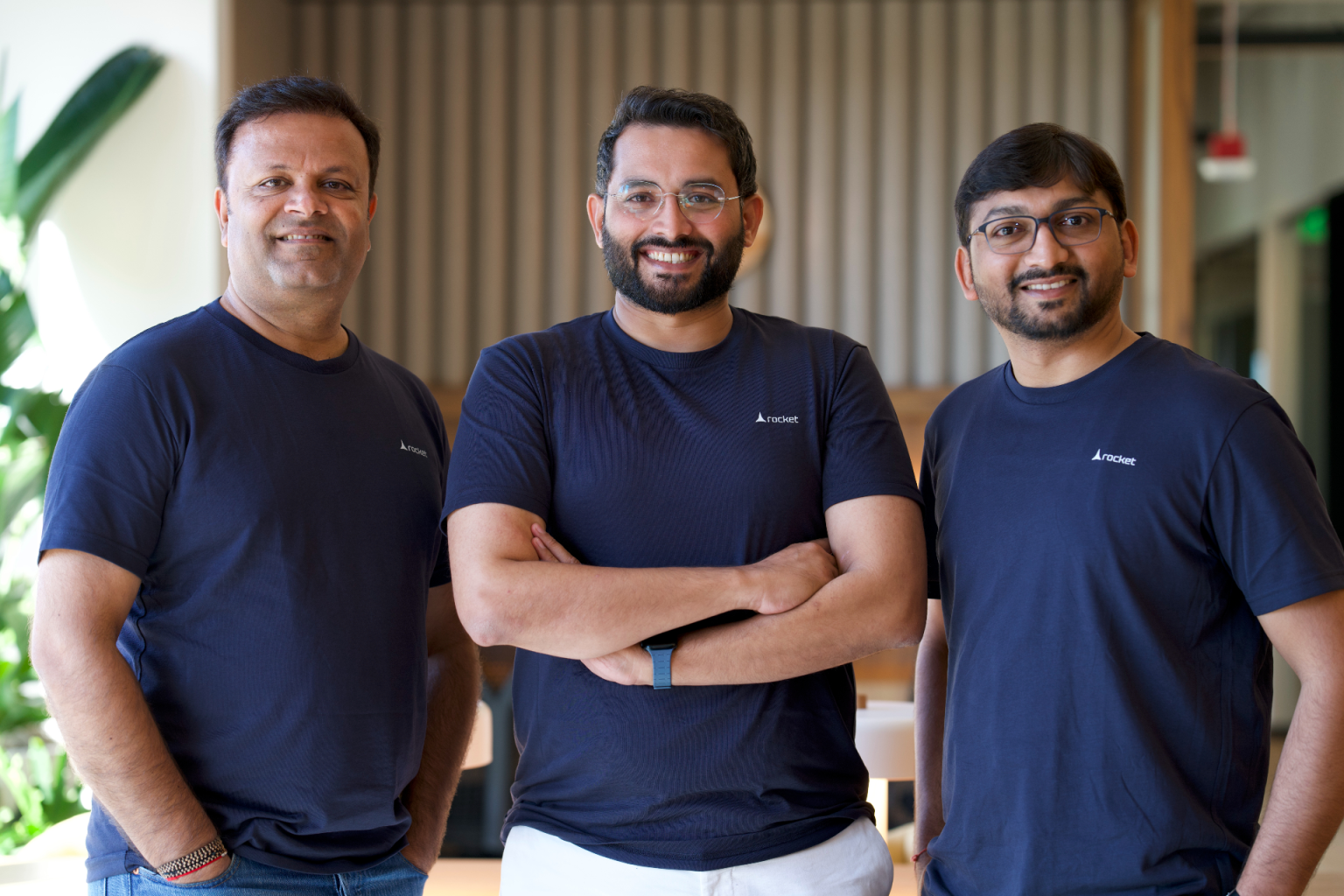A potential shakeup could be underway in one of the tech industry’s most high-profile collaborations. According to reports from the Financial Times, Microsoft and OpenAI — partners in AI advancement and innovation — are now engaged in complex negotiations that could reshape the nature of their relationship.

Microsoft, which has poured over $13 billion into OpenAI, is reportedly at the center of discussions over the AI startup’s new corporate structure. OpenAI plans to restructure into a for-profit public benefit corporation, but intends to retain oversight under its existing nonprofit board — a structure that requires key investor approval.
At the heart of the conversation is equity: how much Microsoft will receive in the reorganized for-profit entity. But the talks don’t stop there. Both companies are also re-evaluating the broader terms of their collaboration, including a proposal for Microsoft to give up some of its current equity in return for extended access to OpenAI’s technologies beyond the current 2030 agreement limit.
This negotiation comes at a time when OpenAI’s own enterprise ambitions are growing, and its once clear-cut reliance on Microsoft is becoming more nuanced. OpenAI’s expansion into the cloud and enterprise space has positioned it as a potential competitor to Microsoft in some arenas — complicating what was once a purely symbiotic alliance.
As OpenAI moves forward with large-scale projects like its “Stargate” AI infrastructure, the power dynamic in its partnership with Microsoft is shifting. Microsoft remains a crucial player in the AI ecosystem — thanks to its integration of OpenAI models into services like Azure and Copilot — but OpenAI’s rising independence signals that future collaboration may look very different.
While neither company has publicly confirmed the details, the Financial Times report paints a picture of strategic repositioning. The outcome of these talks could have significant ripple effects for enterprise AI, cloud services, and the competitive landscape in generative AI.
Source: (Techcrunch)




